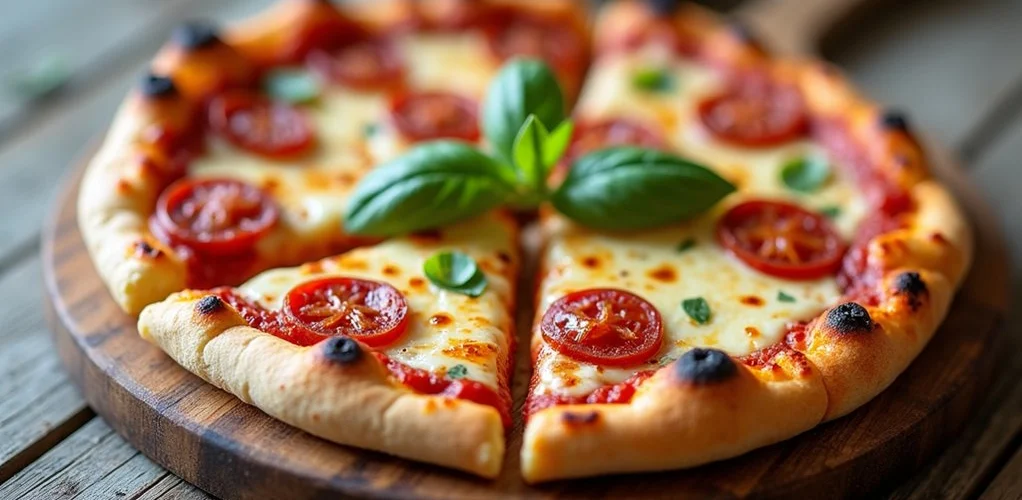
Thin crust pizza offers a lower-carb option at 17 grams per slice, compared to thick crust's 30 grams, representing a 43% reduction in carbohydrates. While not strictly low-carb, thin crust can fit into a moderate-carb diet when portioned carefully. The carb content varies based on sauce and toppings, with vegetable toppings providing fewer carbs than breaded options. Several factors influence the total carbohydrate impact of any pizza choice.
Key Takeaways
- Thin crust pizza contains 17 grams of carbs per slice, which is 43% less than regular thick crust pizza's 30 grams.
- While lower in carbs than thick crust, thin crust pizza isn't technically "low-carb" by strict dietary standards.
- Pizza sauce adds hidden carbs through sugars, contributing an additional 2-3 grams per tablespoon.
- True low-carb alternatives include cauliflower crust, chicken-based crusts, or portobello mushroom caps as pizza bases.
- Choosing vegetable toppings and limiting portions to one slice helps manage carb intake when eating thin crust pizza.
Breaking Down the Carbs in Thin Crust Pizza
When comparing different pizza options for those watching their carbohydrate intake, thin-crust pizza emerges as a particularly lower-carb alternative to traditional thick-crust varieties. With approximately 17 grams of carbs per slice, thin crust pizza contains nearly half the carbohydrates of regular crust options, making it a more suitable choice for carb-conscious diners. The reduction in carbohydrates primarily stems from the minimal amount of dough used in thin-crust preparation. However, the overall carbohydrate content can vary greatly depending on sauce selection and toppings. Those seeking to further reduce their carb intake can opt for vegetable-rich toppings while being mindful of portion sizes. It's important to note that some starchy vegetables, like potatoes and corn, should be avoided as they can increase the total carb count of a pizza. Understanding these components allows diners to make informed decisions about their pizza choices while maintaining their dietary goals.
Comparing Thin vs. Thick Crust Carb Content
When comparing slice-for-slice, thin-crust pizza contains approximately 17 grams of carbs, while thick crust pizza averages around 30 grams per slice. This notable difference stems from the reduced amount of dough used in thin-crust preparations. The carb content variation becomes particularly relevant for individuals monitoring their carbohydrate intake, as selecting thin-crust options can result in a 43% reduction in carbs per slice. Ketosis occurs when the body switches from burning glucose to fat, requiring low carbohydrate intake to maintain this metabolic state. However, portion control remains essential, as consuming multiple slices of thin-crust pizza can still lead to high carbohydrate intake. For those seeking even lower-carb alternatives, specialty options like gluten-free or cauliflower crusts may provide additional choices.
Hidden Carb Sources in Pizza Toppings
While thin crust pizza may seem like a lower-carb option, several toppings can introduce unexpected carbohydrates into the meal.
Pizza sauce often contains hidden sugars that contribute to the overall carb count, while certain vegetables like roasted red peppers and corn pack more carbohydrates than their fresh counterparts.
The addition of breaded toppings, such as chicken or mozzarella sticks, can greatly increase the carb content, potentially adding up to 10 grams of carbohydrates per serving.
Sugar In Pizza Sauce
Most commercial pizza sauces harbor a significant source of hidden carbohydrates through added sugars, potentially contributing an extra 2-3 grams of carbs per tablespoon to the overall pizza carb count.
With typical serving sizes ranging from 1/4 to 1/3 cup per pizza, these sugars can add 6-10 grams of carbs per slice.
While some manufacturers use high-fructose corn syrup as a sweetener, homemade pizza sauces offer better control over sugar content and carbohydrate levels.
- Many "low-carb" labeled sauces still contain hidden sugars
- A single tablespoon of commercial sauce can have 2-3g of added sugars
- High-fructose corn syrup is commonly used as a sweetening agent
- Fresh tomatoes and herbs in homemade sauces eliminate the need for added sugars
Sneaky Carb-Heavy Vegetables
Pizza lovers seeking a low-carb lifestyle may be surprised to learn that several common vegetable toppings can greatly increase their pizza's carbohydrate content.
Even when paired with a gluten-free pizza crust, sneaky carb-heavy vegetables like corn can add up to 27 grams of carbs per cup, while caramelized onions pack an even higher carb content due to their concentrated sugars.
Bell peppers, though lower in calories and carbohydrates, can contribute considerably when used abundantly.
Perhaps most deceptive is spinach, which seems innocuous but becomes more carb-dense when combined with creamy toppings.
Understanding these hidden carb sources helps make informed choices when selecting pizza toppings, especially for those monitoring their carbohydrate intake or following specific dietary guidelines.
Breaded Meat Additions
Breaded meat toppings represent one of the most overlooked sources of hidden carbohydrates in seemingly protein-rich pizza choices. Each serving of breaded meat additions can contribute an additional 10-15 grams of carbs, quickly elevating the pizza's total carbohydrate content.
Choosing unbreaded meat toppings, like grilled chicken or pepperoni, offers a smarter alternative for those monitoring their carb intake.
- Breaded chicken strips can add up to 15 grams of carbs per serving
- Mozzarella sticks contribute both dairy and breading carbohydrates
- Six chicken nuggets contain approximately 15 grams of carbs
- Breaded toppings often include hidden unhealthy fats along with the carbs
For those seeking to maintain a lower-carb pizza experience, understanding these hidden sources becomes vital in making informed topping selections.
Low-Carb Pizza Alternatives Worth Trying
Several innovative low-carb pizza alternatives have emerged to satisfy cravings while maintaining dietary goals, with cauliflower crust leading the pack as a versatile, nutrient-rich option containing just 32 grams of carbs per serving. For those seeking an even lower-carb solution, chicken-based crusts like ZeroCarb LYFE offer an impressive protein content of 37 grams while eliminating carbohydrates entirely. Portobello mushroom caps serve as nature's ready-made pizza bases, creating a satisfying foundation for traditional toppings while adding beneficial nutrients and keeping carb counts minimal. Zucchini noodles are another low-carb option to consider, offering versatility and a rich source of vitamins A and C for a nutritious meal.
Cauliflower Crust Magic
For health-conscious pizza lovers, cauliflower crust has emerged as a revolutionary alternative to traditional wheat-based crusts, offering significantly fewer carbohydrates while maintaining a satisfying pizza experience.
This gluten-free diet option typically contains about half the carbohydrates of conventional crusts, making it an excellent lower-carb alternative for those monitoring their carb intake.
- Made from a blend of riced cauliflower, cheese, and eggs
- Contains approximately 32 grams of carbs per serving
- Available as convenient pre-made options in grocery stores
- Easily customizable with low-carb toppings for a complete meal
The versatility of cauliflower crust allows pizza enthusiasts to enjoy their favorite comfort food while adhering to dietary restrictions and health goals, especially when paired with nutritious toppings like vegetables and lean proteins.
Zero-Carb Chicken Base
While cauliflower crust offers a low-carb alternative, innovative zero-carb chicken-based crusts have revolutionized the pizza scene for carb-conscious consumers.
ZeroCarb LYFE has developed pizza crusts made primarily from chicken breast, combined with olive oil and seasonings, creating a completely carbohydrate-free base that delivers an impressive 37 grams of protein per serving.
These gluten-free pizza crusts provide versatility beyond traditional pizza applications, serving as excellent foundations for flatbreads, wraps, and quesadillas.
Available in convenient frozen varieties like Beef and Cheese and Buffalo Chicken, these crusts maintain the satisfying texture and flavor expected from pizza while accommodating specific dietary requirements.
For individuals managing diabetes or following strict low-carb regimens, these chicken-based crusts offer a practical solution without compromising the enjoyment of pizza-style meals.
Portobello Pizza Caps
Portobello mushrooms' natural cup-like shape and meaty texture make them an excellent foundation for low-carb pizza creations. As a low-carb alternative to traditional pizza crusts, portobello pizza caps contain only 5 grams of carbohydrates per serving while providing essential nutrients like potassium and vitamin D.
These versatile caps serve as a gluten-free base that supports various toppings while maintaining a total calorie count under 100.
- Large, sturdy caps that hold toppings securely without breaking
- Natural moisture content that helps prevent drying during baking
- Deep gill structure that captures melted cheese and sauce effectively
- Robust umami flavor that complements traditional pizza toppings
For those following restricted diets or seeking healthier options, portobello pizza caps offer a satisfying way to enjoy pizza while maintaining dietary goals.
Making Smart Pizza Choices for Carb Control
Making smart choices when ordering or preparing pizza can significantly reduce carbohydrate intake without sacrificing the enjoyment of this beloved dish.
Selecting thin crust pizza immediately cuts carbohydrates nearly in half compared to regular crust, dropping from 30 to approximately 17 grams per slice. For even greater carb reduction, specialty options like ZeroCarb LYFE crust offer a protein-rich alternative with no carbohydrates.
Careful selection of low-carb toppings, such as meats and vegetables, further enhances carb control efforts.
Implementing portion control by limiting intake to one slice, combined with a cup of mixed green salad containing just 1 gram of carbs, creates a satisfying meal while maintaining lower carbohydrate levels.
By monitoring macronutrient intake using apps or journals, pizza lovers can ensure that their carb consumption remains within their dietary goals.
These strategic choices allow pizza lovers to enjoy their favorite food while managing their carb consumption effectively.
Essential Tips for Pizza Portion Management
Successful portion management begins with understanding the basics of pizza serving sizes and their impact on carbohydrate intake. Implementing effective portion control strategies enables individuals to enjoy pizza while maintaining fewer carbs in their diet.
Using the fist-size measurement method, along with mindful selection of pizza toppings, creates a practical approach to portion management.
- Use a fist-size comparison to measure one-cup serving portions
- Share pizza with others to reduce individual slice consumption
- Select smaller pizza sizes when ordering for better portion control
- Combine pizza with a side salad to create a balanced, filling meal
For those following a keto diet, it's important to reduce carbohydrate intake to under 20-50 grams daily to achieve ketosis. These strategies help individuals maintain reasonable portions while still enjoying their favorite pizza varieties, making it easier to manage carbohydrate intake without feeling deprived.
Frequently Asked Questions
Does Thin Crust Pizza Have Less Carbs?
Thin crust pizza contains markedly fewer carbs than regular pizza, with carb comparison showing 17-25 grams versus 30+ grams per slice. Pizza alternatives like cauliflower crust offer even lower carb options.
Can I Have a Slice of Pizza on a Low-Carb Diet?
One slice of thin-crust pizza can fit within a low-carb diet when practicing portion control. Choosing protein-rich pizza toppings and exploring low-carb alternatives helps maintain dietary goals while enjoying pizza occasionally.
Can I Eat Thin Crust Pizza on a Diet?
Thin crust pizza can fit into a diet with proper calorie counting and portion control. Choosing healthy toppings like vegetables helps maintain nutritional balance while reducing overall caloric intake.
How Many Carbs Are in a Whole Thin Crust Pizza?
A whole thin crust pizza's carb content typically ranges from 100-150 grams, varying based on thin crust ingredients and pizza serving sizes. Larger 12-inch pizzas may contain up to 180 grams.
Conclusion
While thin crust pizza contains fewer carbohydrates than traditional thick crust varieties, it still remains a significant source of carbs. Making informed choices about portion sizes, toppings, and crust types can help manage carbohydrate intake while enjoying pizza occasionally. For those following strict low-carb diets, cauliflower crusts and other alternatives provide viable options. The key lies in mindful consumption and understanding that even lighter versions require careful portion control.



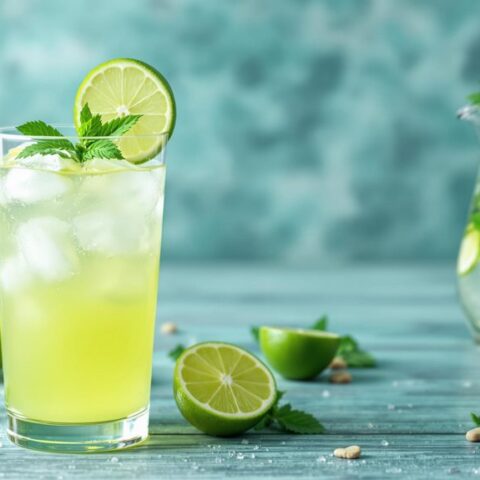


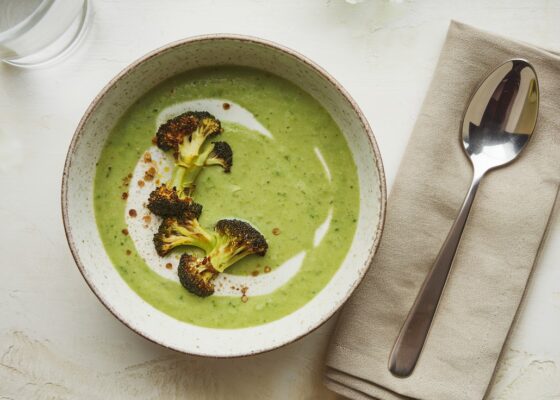
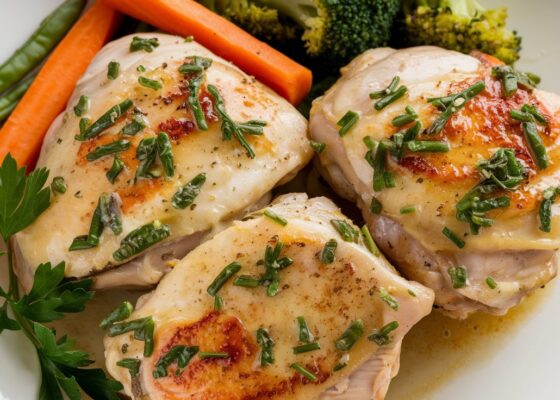
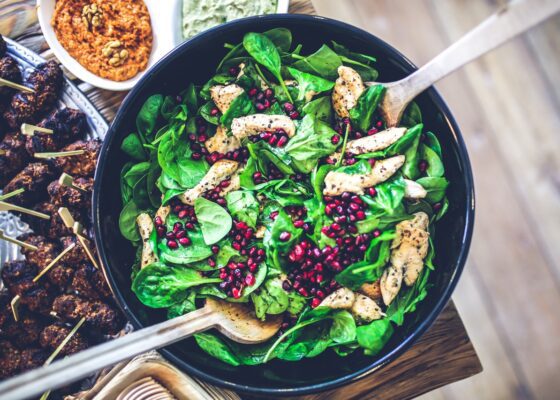
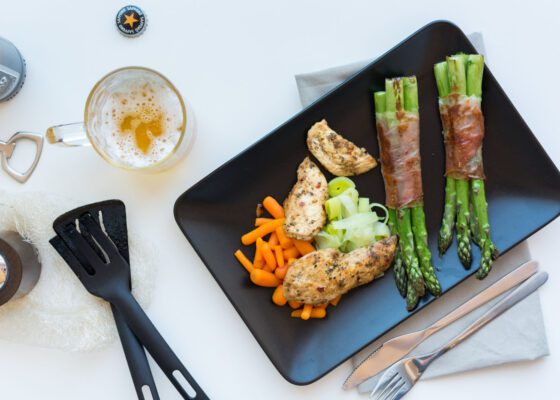
No Comments